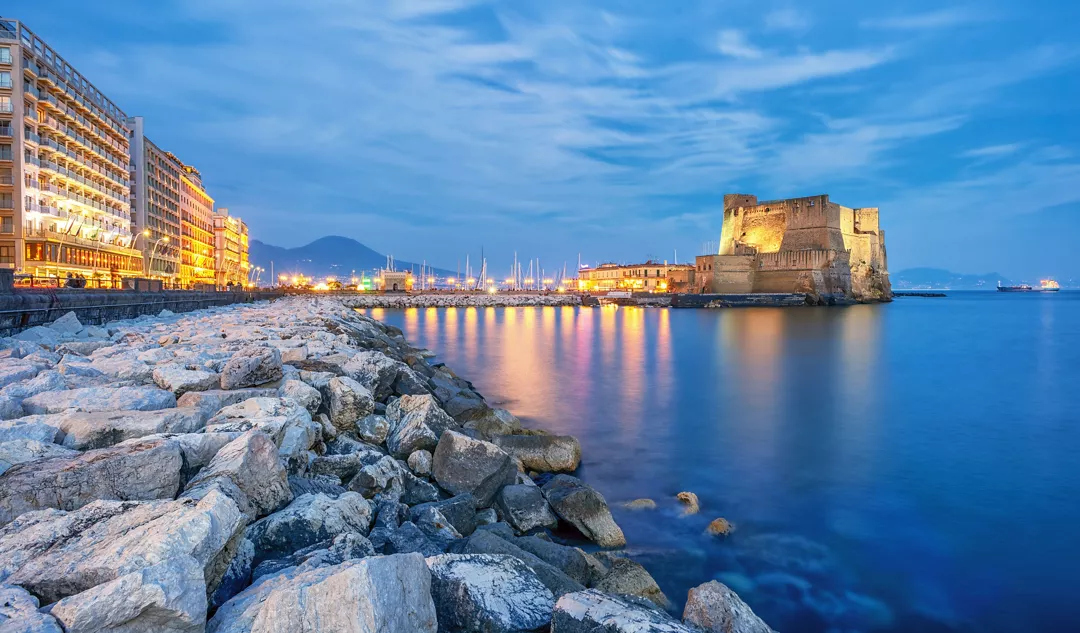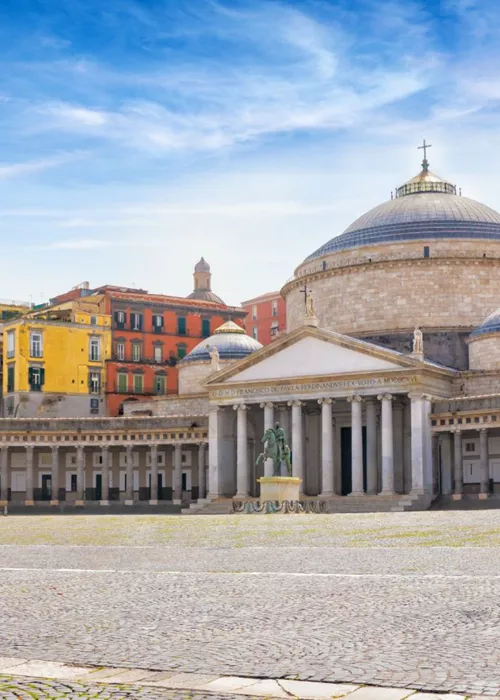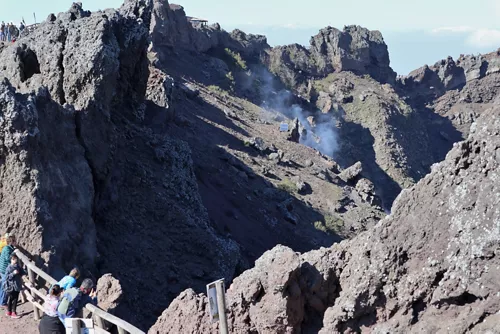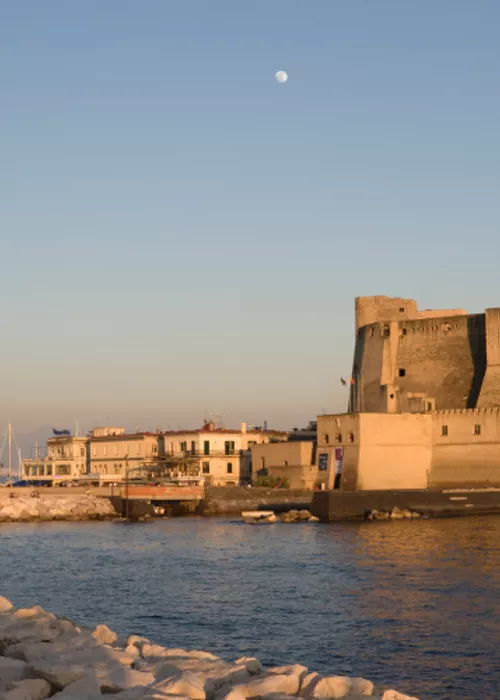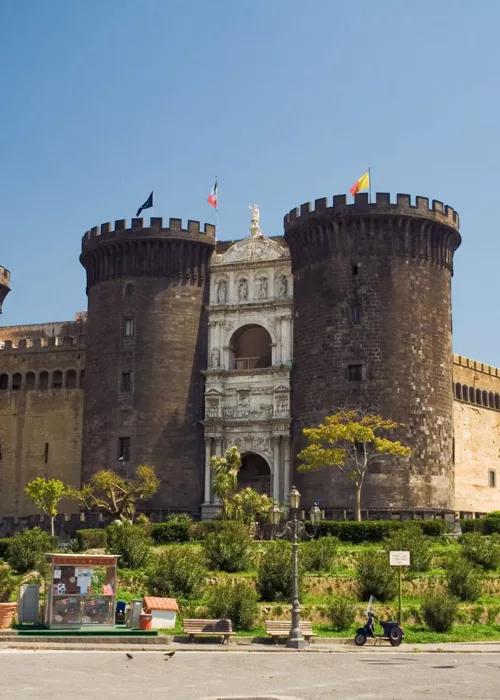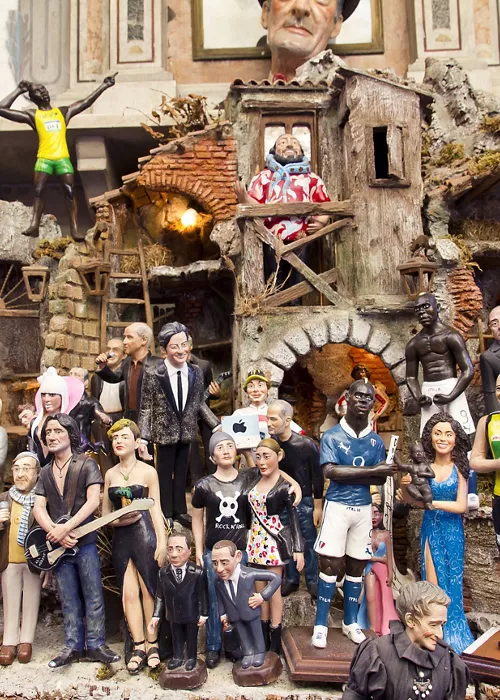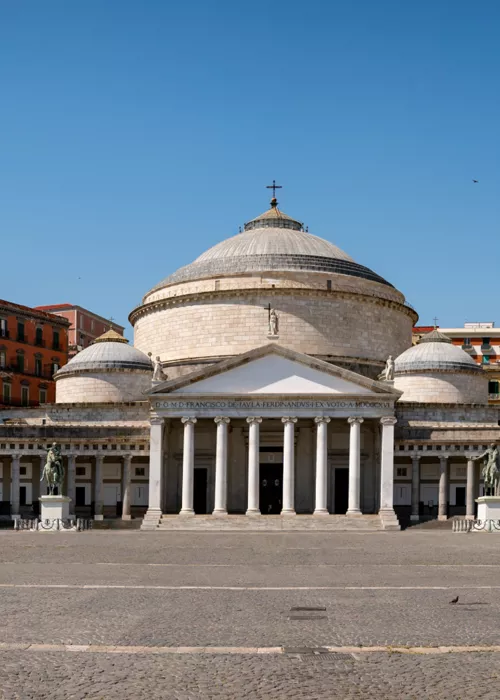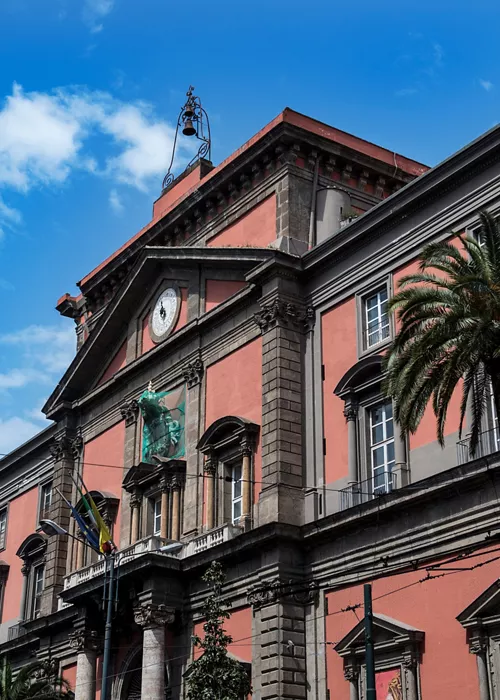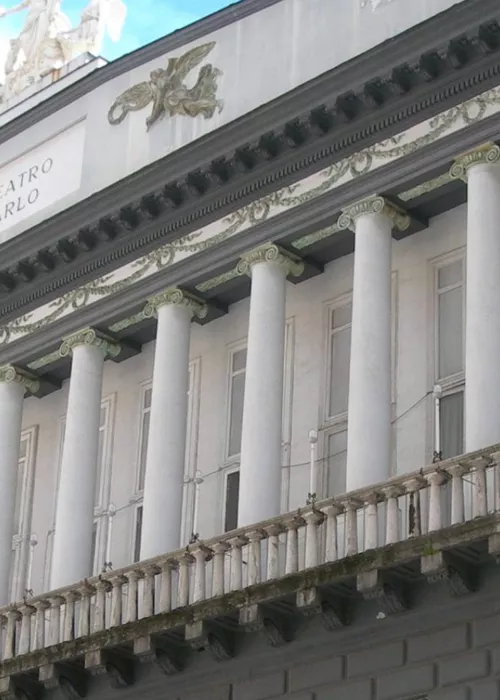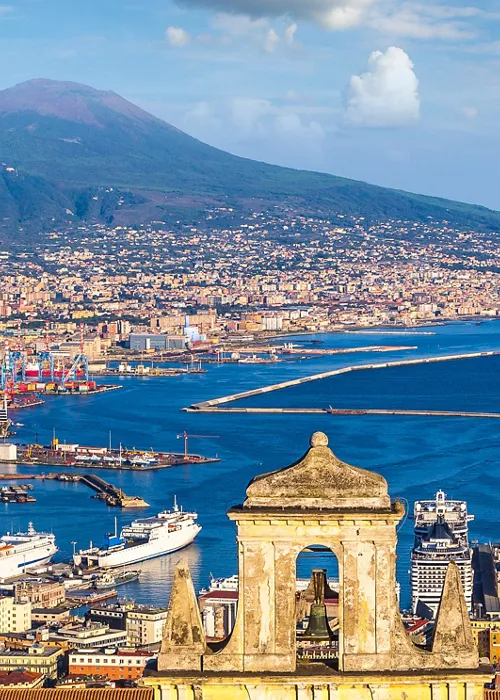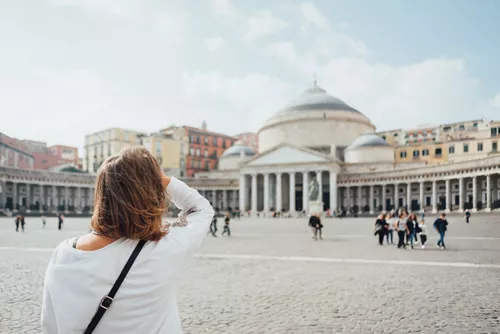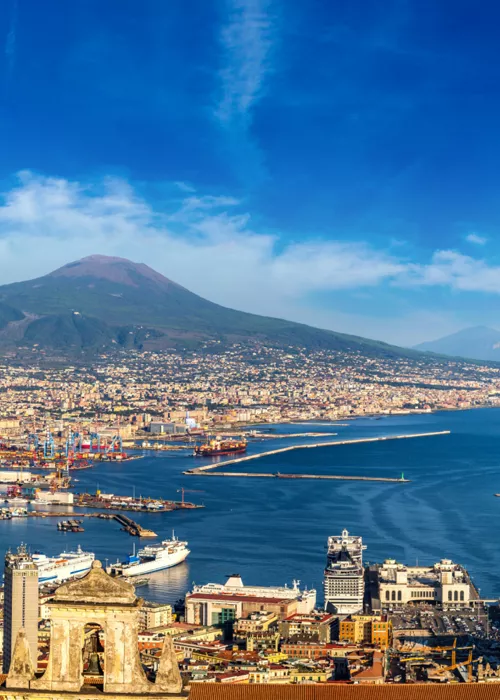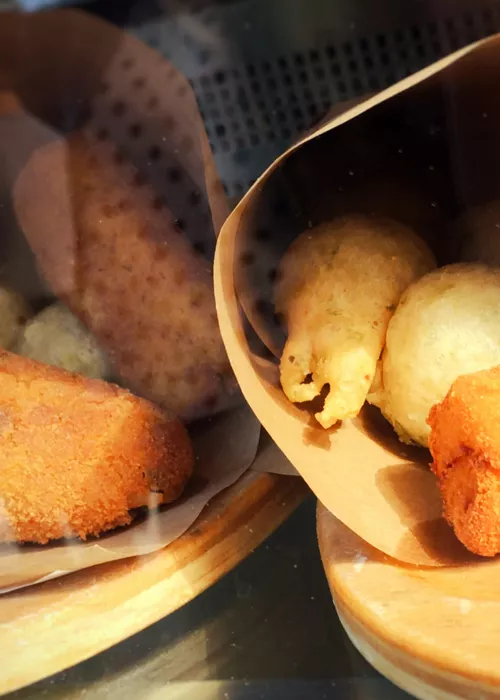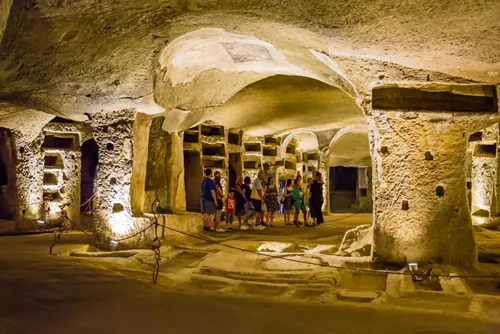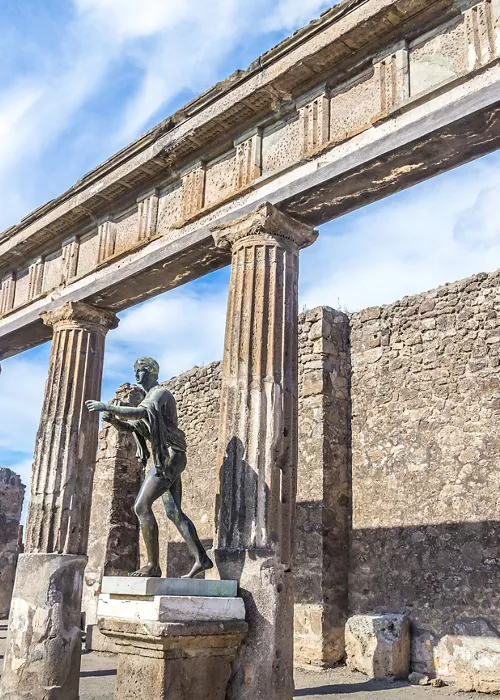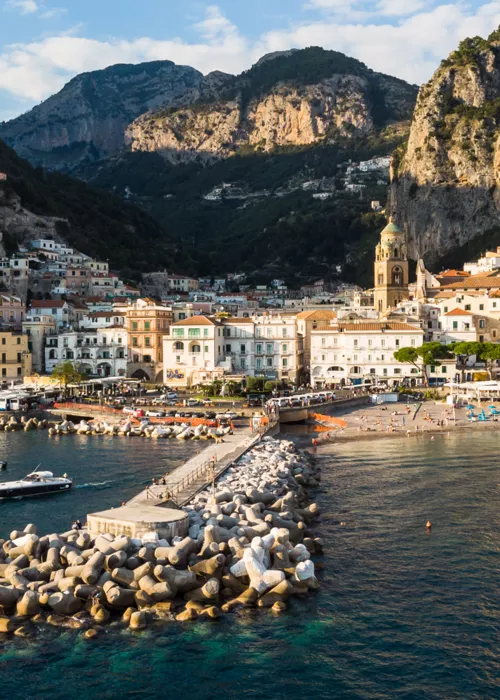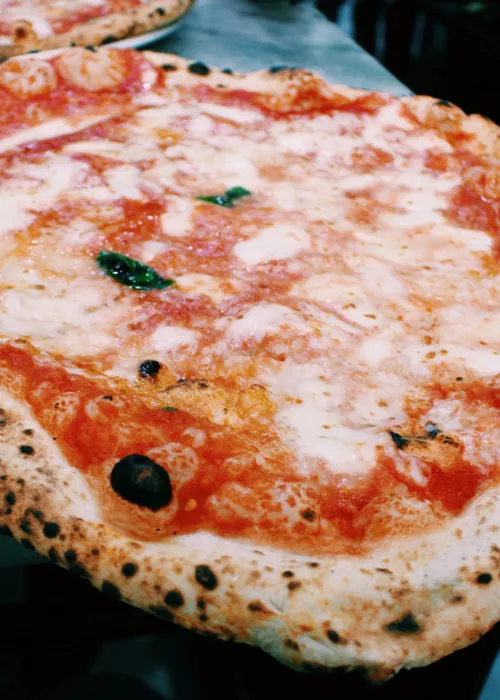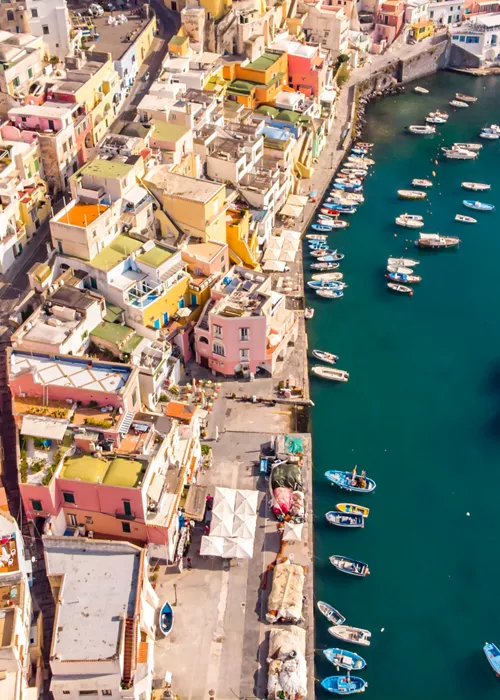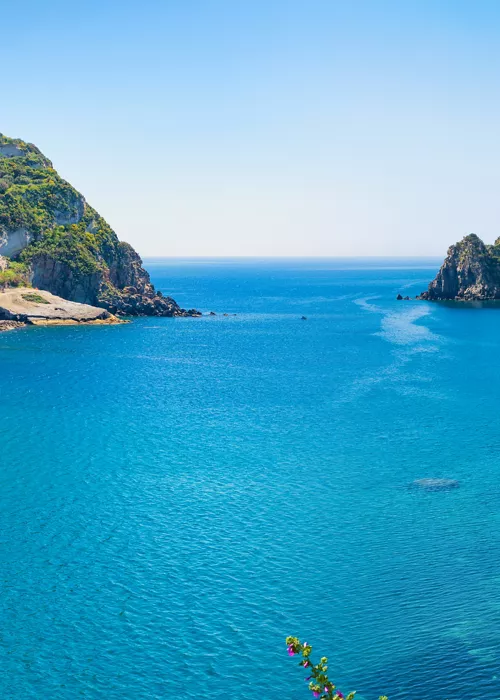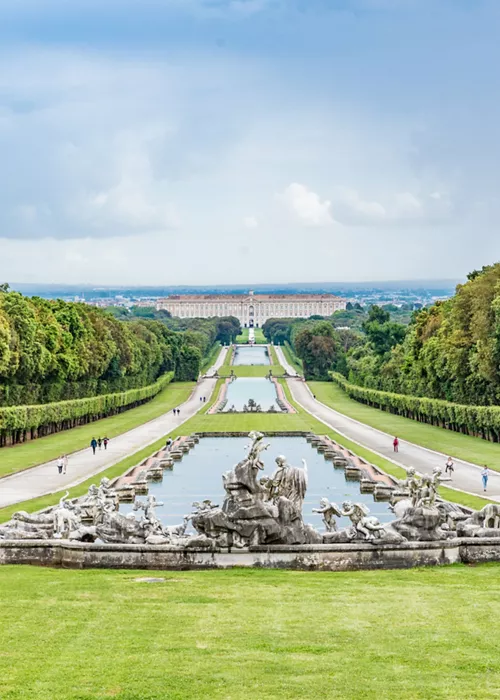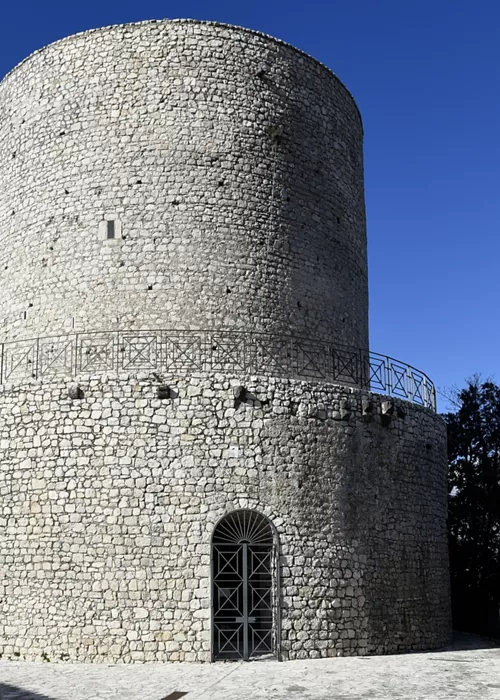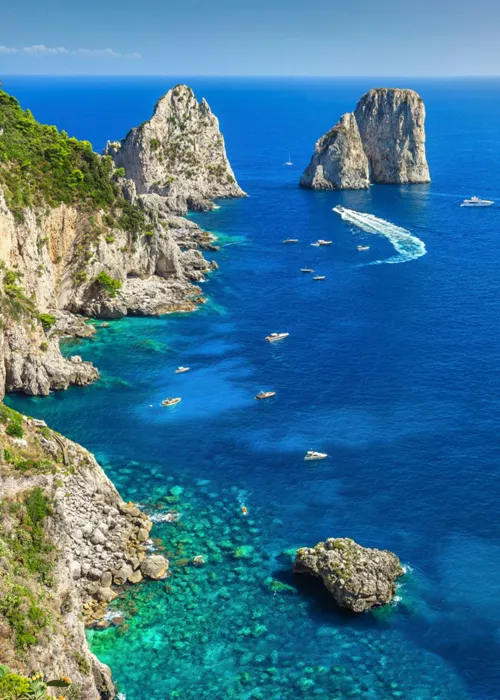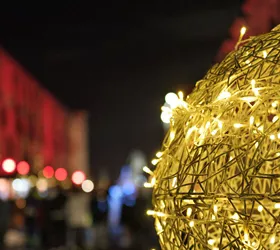Naples, an enchanting city of sea and culture
5 minutes
The capital of Campania lies in the bay of the same name next to the volcano Vesuvius and offers a spectacular view as far as the islands of Capri, Ischia and Procida. The historical centre has been recognised by UNESCO as a World Heritage Site because of its monuments that best represent European and Mediterranean culture.
The role of Naples as the cradle of Italian culture, including literature, theatre, music and cuisine, should also not be forgotten. The latter is, to all intents and purposes an art: one of the world's best-loved delicacies, pizza, was born here.
History and interesting facts about Naples

Greco-Roman Naples, founded by the Cumaeans in the 8th century BC, became one of the most important cities of Magna Graecia, before being conquered by the Romans in 326 BC. At the dawn of the Middle Ages it was conquered by the Byzantines and thanks to local nobility was able to transform itself into the Duchy of Naples, an independent state that ruled for more than five centuries, until the invasion of the Normans in 1139.
In 1266, following the victory of Charles I of Anjou over Manfred of Sweden, it became Angevin and in 1282 was elected capital of the Kingdom of Naples, becoming one of the most influential cultural centres in Europe. A status it maintained during its Aragonese period and increased with the arrival of the Borboni (Bourbons) in 1734, who restored its independence, making it a great European city, culturally evolved and highly refined.
Napoleon also arrived in Naples and in 1799 the Parthenopean Republic was established for a few months. With the Restoration, it became the capital of the Kingdom of the Two Sicilies until the Unification of Italy. Throughout the 1900s Naples suffered heavily during the two world wars, but was also the birthplace of the first President of the Italian Republic, Enrico De Nicola.
What to see in Naples: 11 unmissable places
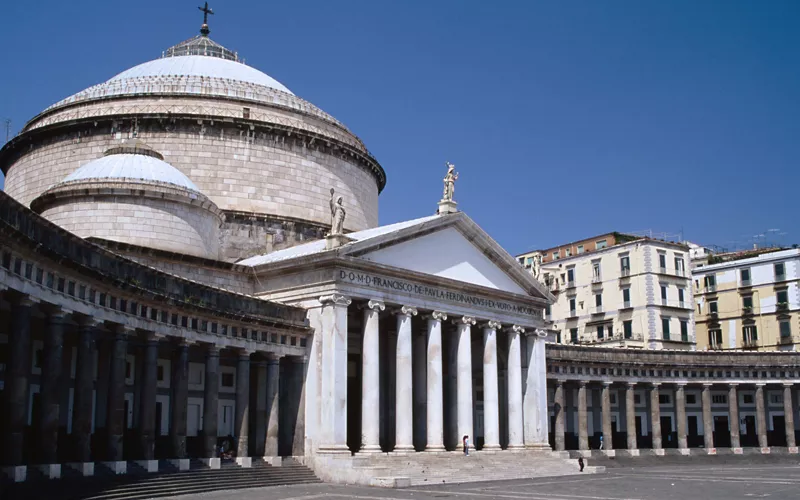
The first must-see in Naples is Vesuvius, which dominates the Gulf. Then there are:
- Naples and its castles: on the ancient islet of Megaride stands the imposing Castel dell'Ovo. Legend has it that it was named after the egg that Virgil is said to have hidden inside a cage in the castle dungeon. In a more central area we find one of the symbols of the city, the Maschio Angioino, also known as Castel Nuovo.
- Naples and its streets: walking the streets of the Campania capital is an experience. This can be sensed as soon as you walk along, for example, Spaccanapoli, the main thoroughfare in the old city centre that divides the city in two. What about visiting San Gregorio Armeno, better known as the street of Nativity scenes, or the Quartieri Spagnoli, with its distinct and colourful narrow alley? Try Piazza del Plebiscito, so big it makes us feel tiny.
- Naples and its museums: extraordinary. We recommend starting at the Sansevero Chapel Museum, a former deconsecrated church, which houses masterpieces such as Giuseppe Sanmartino's Veiled Christ. Then there are the National Museum of Archaeology in Naples, one of the most important in the world, and the National Museum of Capodimonte, a splendid journey through the history of art, from ancient to contemporary. Not to be forgotten is the fascinating underground Naples well represented by the Catacombs of San Gennaro.
6 ideas on what to do in Naples
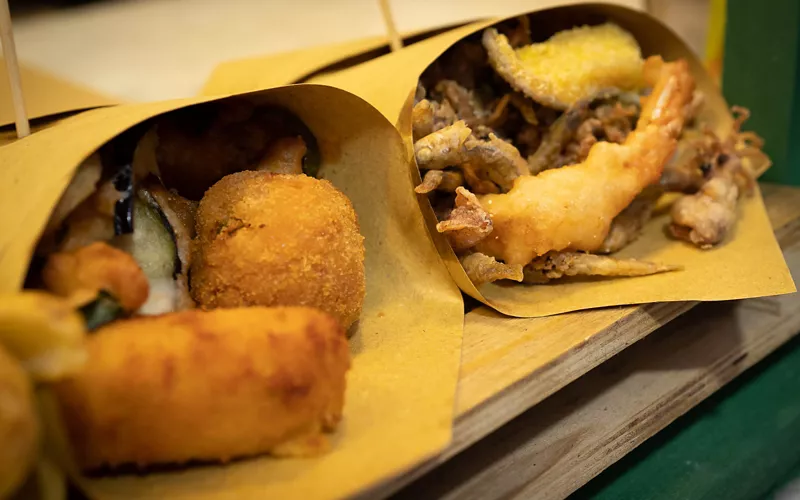
Naples is a passionate and lively city, so it takes no time at all to engage its visitors. A performance at the San Carlo Theatre, one of the most prestigious opera houses in the world, is a temptation one should not resist.
To fully experience the city you need to get lost in its streets, so make time for a nice walk in Spaccanapoli, perhaps followed by some shopping in Via Toledo or at the Posillipo Market. You can end the day with an aperitif in Piazza Bellini, full of clubs, or with a tour of Neopolitanstreet food the sound of fried pizza, mixed fritters, sfogliatelle and babà.
What to eat in Naples: 10 specialities
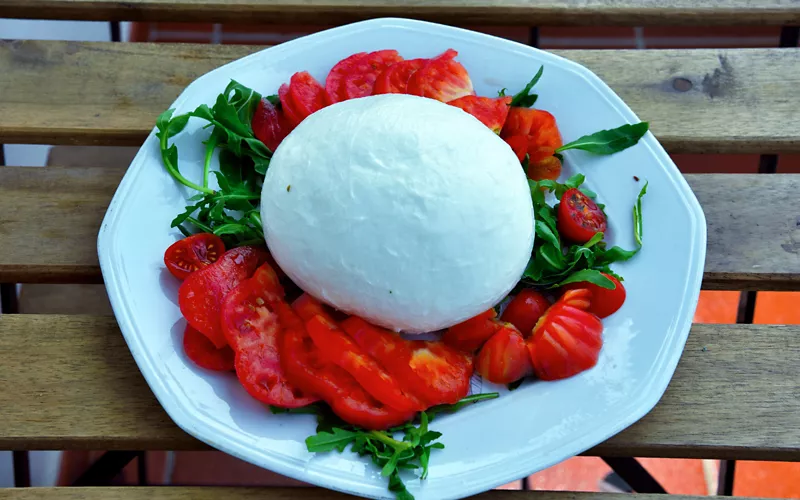
When it comes to gastronomy in Naples, it is good to be clear and set some priorities. Here they are.
- There are some iconic foods: we are talking about buffalo mozzarella and Neapolitan pizza. Did you know that the art of pizza-making has been declared by UNESCO as an intangible heritage of humanity?
- At the heart of Neapolitan cuisine is fried food. So make way for panzerotti and the Neapolitan cuoppo, one of the kings of Neapolitan street food, which takes its name from the cone-shaped wrapper in which the fried food (from fish to mozzarella) is served.
- A typical Neapolitan recipe, simple but very tasty, is sausage and friarielli, which usually appeals to everyone. The same applies to the Neapolitan ragù (made with beef muscle, pork ribs and pork chanterelle): it is cooked for a full six hours.
- Once in town, those with a sweet tooth can't help but pop into a pastry shop to get their hands on Neapolitan sfogliatelle, filled with ricotta, semolina and candied fruit. The latter is also used to decorate struffoli, a typical Christmas cake. The typical Easter cake, on the other hand, is the Neapolitan pastiera, with its ricotta filling. A dessert for all seasons and times is the Neapolitan baba, baked in the oven and then dipped in rum.
The unusual places of Naples
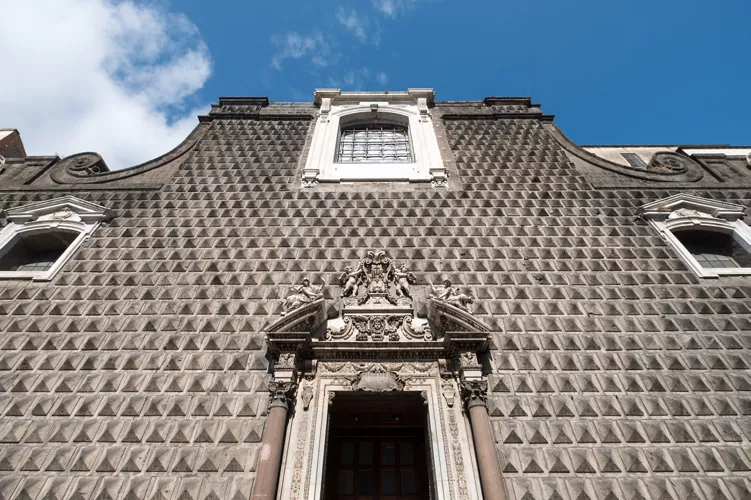
There is no shortage of unusual places in Naples to visit. These include the Fontanelle Cemetery, so called because of the water springs present in ancient times, a place symbolic of the city's devotion to the dead. In the religious sphere, we recommend the Church of Gesù Nuovo, which is striking for its appearance as a noble residence.
A tour of the fascinating Galleria Borbonica is a must if you have any interest in underground Naples. On the other hand, if you prefer to enjoy the sun and fresh air, the ideal destination is the San Martino Vineyards, located on the Vomero hill.
Make a point of visiting the spiral staircase of Palazzo Mannajuolo, which is nothing short of spectacular. Whereas, if you pass through the Rione Sanità, you can visit Palazzo Sanfelice, a true architectural jewel.
Science, medicine and art come together in the Anatomy Museum in Naples, one of the oldest in the world. And then there is the erotic anatomy hidden in the Secret Cabinet of the National Archaeological Museum in Naples.

